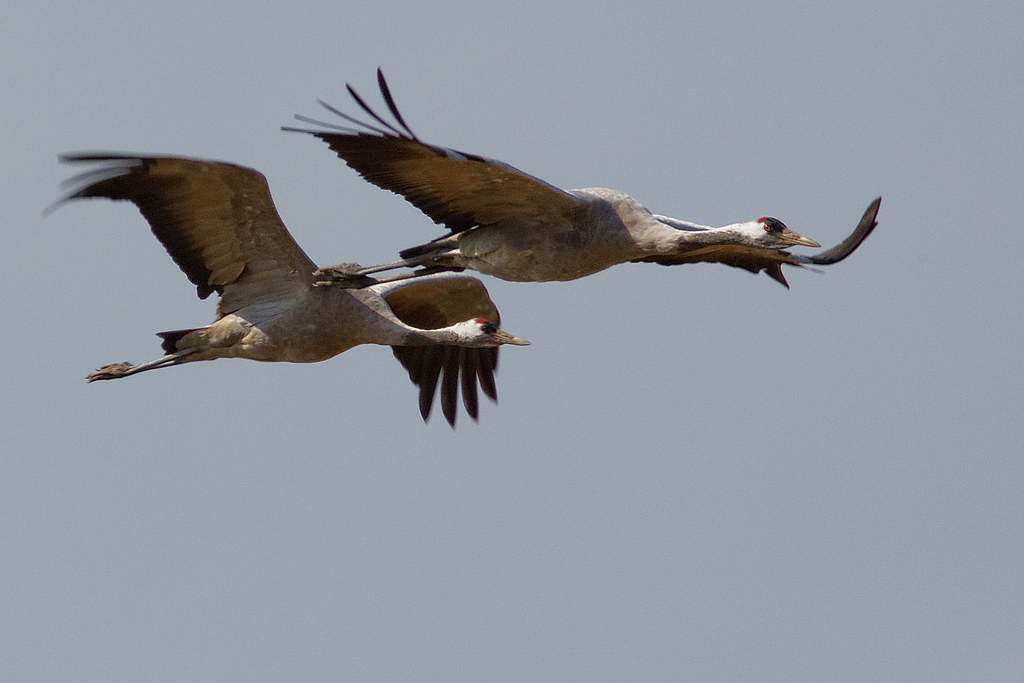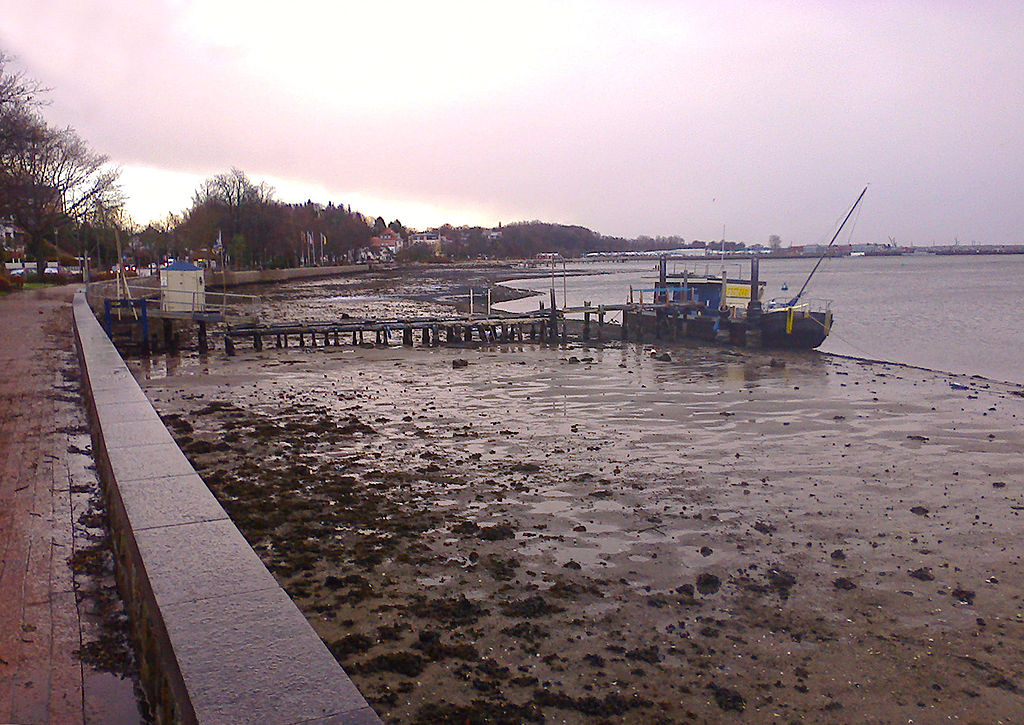German Nationalparks – Part 12: Vorpommersche Boddenlandschaft Posted by Sten on Jun 15, 2016 in Culture, Holidays, Language
In previous months, we have already explored a large part of the geschützte Schönheit (protected beauty) of German nature. We went to the windige Küsten (windy shores) of the Wattenmeer, the eindrucksvolle Felsen (impressive rocks) of the Sächsische Schweiz, the Jahrhunderte alten Wälder (centuries old forests) of the Bayerischer Wald, the Erzminen (ore mines) in the Harz, the Tiger (tigers) roaming around in the Eifel, the Tausend Seen (thousand lakes) of Müritz, the hohe Gebirge (high mountain ranges) of Berchtesgaden, and the atemberaubende Natur (stunning nature) of the Schwarzwald. We discovered the bedrohten Kreidefelsen (threatened chalk cliffs) of Jasmund. Last time, we visited Hainich, and its Alte Buchen (old beeches). Last week, we went to Hessen, to Nationalpark Kellerwald-Edersee with the Staudamm (dam) of the Edersee and its old forests.
This time, we will move north again, close to Nationalpark Jasmund: Nationalpark Vorpommersche Boddenlandschaft.
Der Nationalpark Vorpommersche Boddenlandschaft
Nationalpark Vorpommersche Boddenlandschaft is quite a mouthful! It was established on October 1, 1990, as part of the Nationalparkprogramm (National park program) of the DDR (German Democratic Republic, GDR, or East Germany). Part of this program were also Nationalparks Jasmund, Sächsische Schweiz, Müritz and Harz. It is a huge park, the third largest of Germany. It takes up a part of the island Rügen (where Jasmund is located), a part of the Festland (mainland) of Bundesland (Federal State) Mecklenburg-Vorpommern and a part of the Ostsee (Baltic Sea).
But let’s look at that name. Nationalpark is clear. Check the first post for what they are all about. They are like the US State Parks. Vorpommersche quite clearly refers to Vorpommern (Western Pomerania or Hither Pomerania). The North-Eastern part of Bundesland Mecklenburg-Vorpommern is actually Vorpommern, and this is also where you can find the park in the State, so also that makes sense.
But what is a Boddenlandschaft? Landschaft (landscape, countryside) just tells us that this is an area characterized by Bodden. But what are Bodden?
Bodden translated to English gives the same word: Bodden. So that doesn’t help much. But we have a definition from Wikipedia: “Bodden are briny bodies of water often forming lagoons, along the southwestern shores of the Baltic Sea, primarily in Germany’s state of Mecklenburg-Vorpommern.” So Bodden are basically shallow waters that form lagoons, which are the result of waters cut off from the main water (here the Ostsee (Baltic Sea)) by an island, for example. This explains why Vorpommersche Boddenlandschaft is also translated as “Western Pomerania Lagoon Area”. And if it has its own word, it must be special. Guess why it is a protected Nationalpark!
What does Bodden mean itself, though? It is assumed that this comes from the German word Boden (ground, bottom, soil), referring to the shallowness of the water, as it is so close to the ground. And in the North-German dialect, this can lead to the word Bodden – short o instead of a long one.
Anyway, back to the park!
What is special about the Nationalpark Vorpommersche Boddenlandschaft?
Die Lagunen
As you can see in the video above, the Bodden are not like your usual lagoons. They are characterized by seichte Gewässer (shallow waters) and Schilfrohr (reed). Birds, like the Kraniche love it!
Kraniche

Kraniche (cranes), which are very common in the area, and therefore a key characteristic of the park. (Image by Thomas Gerhard at Flickr.com under license CC BY ND 2.0)
Kraniche are very common in the park, and you are likely to see many here. The environment is perfect for them to thrive.
Das Windwatt

A Windwatt created by Hurricane Xaver in 2013 (Image by Martin Hüdepohl at Commons.wikimedia.org under license CC BY SA 3.0)
Different from, say, the Wattenmeer, which we discovered previously, die Gezeitenströmung (the tide) does not occur in the Boddenlandschaft. However, the wind can create Watt, similar to the Wattenmeer. In some extreme cases, the wind can blow so strong that, for example in the picture above, several meters of water are withdrawn! And the Kraniche also love that, as it reveals a lot of nutrition for them.
Dramatische Ereignisse im Nationalpark
For those that are not convinced yet, here is a little video that should attract – not frighten you – to come to the Park! Some sarcasm never hurts 🙂
As a little exercise, I have a few questions for you, which you can answer in English. The answers will be published on Thursday, June 16, on our Facebook page.
I. Why does the reporter go to the Nationalpark?
II. What two dramatic events occurred which he reports?
III. What is presented as the cause of these events?

Build vocabulary, practice pronunciation, and more with Transparent Language Online. Available anytime, anywhere, on any device.
About the Author: Sten
Hi! I am Sten, both Dutch and German. For many years, I've written for the German and the Dutch blogs with a passion for everything related to language and culture. It's fascinating to reflect on my own culture, and in the process allow our readers to learn more about it! Besides blogging, I am a German-Dutch-English translator, animator and filmmaker.




